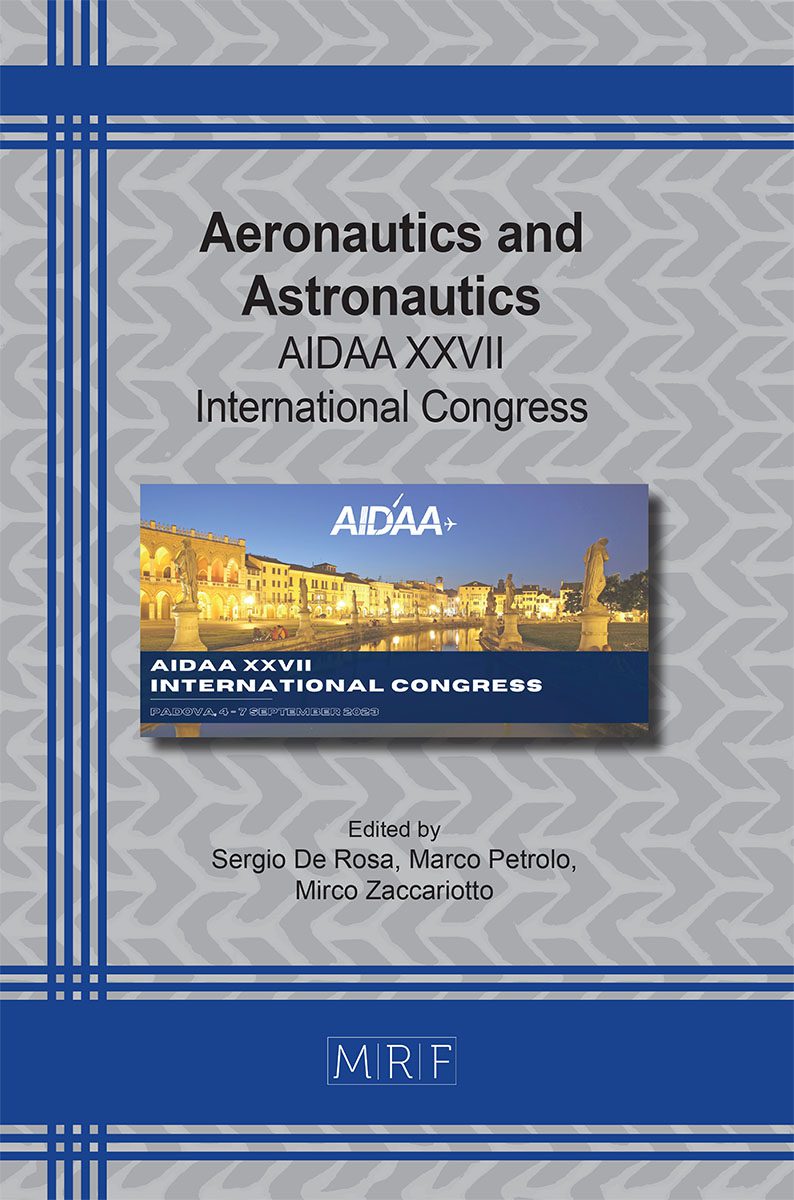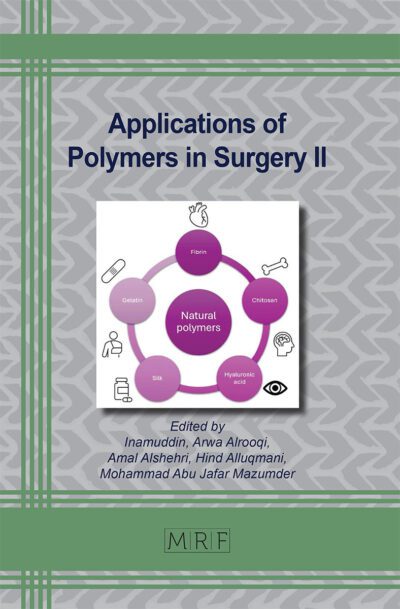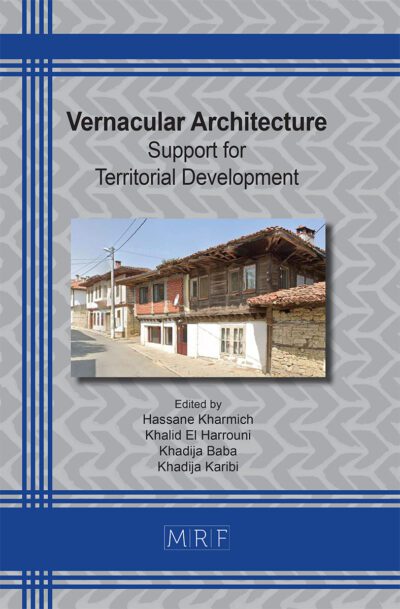Feasibility analysis of a CubeSat mission for space rider observation and docking
Chilin Laura, Bedendo Martina, Banzi Davide, Casara Riccardo, Costa Giovanni, Dolejsi Elisabetta, Quitadamo Vincenzo, Trabacchin Nicolò, Visconi Delia, Visentin Alessia, Basana Federico, Olivieri Lorenzo, Colombatti Giacomo, Francesconi Alessandro
download PDFAbstract. In the last few years the number of orbiting satellites has increased exponentially, in particular due to the development of the New Space Economy. Even if this phenomenon makes the space more accessible, bringing a great contribution to the scientific, economic and technological fields, on the other hand it contributes to the overpopulation of the space background. Therefore, it is necessary to develop new techniques to manage the space environment, such as in orbit servicing, which is a procedure that aims to refuel and repair satellites to extend their operational life. A first step to reach this goal is to inspect closely the object of interest to study its features. In this framework, the Space Rider Observer Cube (SROC) mission is being developed. SROC is a payload that will be deployed by Space Rider, an uncrewed and reusable robotic spacecraft designed by ESA. SROC is a 12U CubeSat, whose goal is to carry out inspection manoeuvres around the mothership, then re-enter on board using a safe docking system to come back to Earth. The feasibility of a mission similar to SROC has been simulated during a university class, starting from the definition of the system requirements with particular focus on the analysis of the payloads and subsystems, to ensure the achievement of the mission goals. In particular, the CubeSat is equipped with an optical instrument to capture high resolution images of Space Rider surface and a docking mechanism. Then the design of the orbit and the simulation of the effects of the space environment on the CubeSat have been studied using GMAT, SYSTEMA, MATLAB and other numerical tools. The results of the study are useful for future missions, aiming to inspect orbiting objects, such as operative satellites for in orbit servicing, space debris and dead satellites to study their geometries and plan their removal.
Keywords
CubeSat, Manoeuvres, Inspection, Docking
Published online 11/1/2023, 4 pages
Copyright © 2023 by the author(s)
Published under license by Materials Research Forum LLC., Millersville PA, USA
Citation: Chilin Laura, Bedendo Martina, Banzi Davide, Casara Riccardo, Costa Giovanni, Dolejsi Elisabetta, Quitadamo Vincenzo, Trabacchin Nicolò, Visconi Delia, Visentin Alessia, Basana Federico, Olivieri Lorenzo, Colombatti Giacomo, Francesconi Alessandro, Feasibility analysis of a CubeSat mission for space rider observation and docking, Materials Research Proceedings, Vol. 37, pp 518-521, 2023
DOI: https://doi.org/10.21741/9781644902813-113
The article was published as article 113 of the book Aeronautics and Astronautics
![]() Content from this work may be used under the terms of the Creative Commons Attribution 3.0 license. Any further distribution of this work must maintain attribution to the author(s) and the title of the work, journal citation and DOI.
Content from this work may be used under the terms of the Creative Commons Attribution 3.0 license. Any further distribution of this work must maintain attribution to the author(s) and the title of the work, journal citation and DOI.
References
[1] Brian Banker, Scott Askew “Seeker 1.0: Prototype Robotic Free Flying Inspector Mission Overview” NASA Johnson Space Center 2019
[2] Gangestad, Joseph W., Catherine C. Venturini, David Hinkley and Garrett Kinum. “A Sat-to-Sat Inspection Demonstration with the AeroCube-10 1.5U CubeSats.” (2021).
[3]https://www.asi.it/en/technologies-and-engineering/micro-and-nanosatellites/esa-gstp-fly-program/sroc/ (accessed: June 2023)
[4]https://www.esa.int/Enabling_Support/Space_Transportation/Space_Rider_overview (accessed: June 2023)
[5] Kim, Eunhyouek & Han, Seungyeop & Sayegh, Amer. (2019). Sensitivity of the Gravity Model and Orbital Frame for On-board Real-Time Orbit Determination: Operational Results of GPS-12 GPS Receiver. Remote Sensing. 11. 1542. https://doi.org/10.3390/rs11131542
[6] Gaylor, David & Barbee, Brent. (2007). Algorithms for safe spacecraft proximity operations. Advances in the Astronautical Sciences. 127. 133-152.












